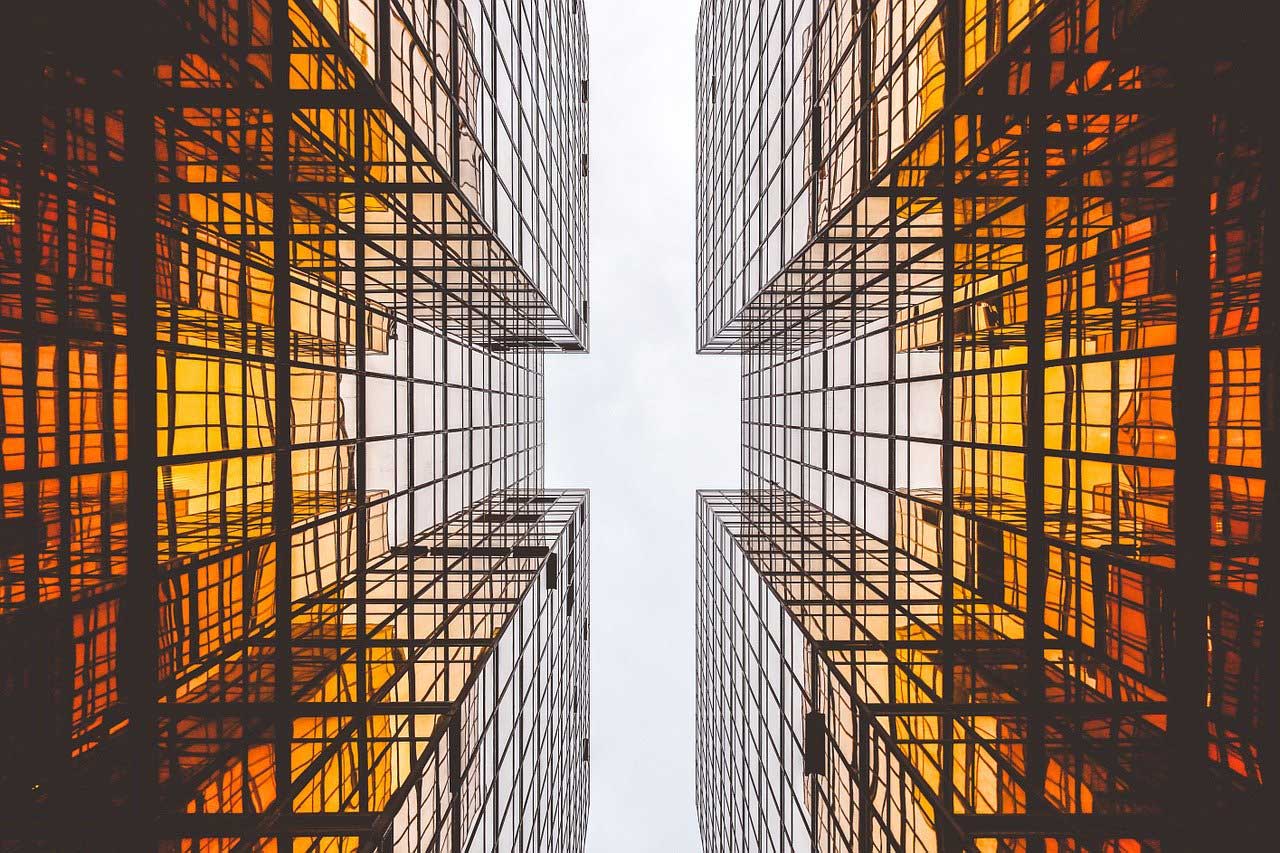Graphene House – 3D House Printer Using Graphene
For decades, concrete has been the most popular building material. The original investors were the Romans, and it is strong, easy-to-use, and long-lasting. Regrettably, it is an environmental hazard. The main ingredient, cement, is responsible for about 6% of carbon(iv)oxide emission around the world. Organizations around the world have agreed that there should be a reduction in cement production in order to curb global warming. That seems to be an impossible task since there is an upsurge in the world population, thereby leading to increased demand for housing and infrastructure. However, an alternative should be found.
GrapheneCA and APIS COR are developing a 3D printing system capable of printing 3D house and materials using graphene. Adding graphene to different materials makes it super strong, resistant to cracks and many more advantages in construction industry. Provides the answer for long time problems in constructing buildings like earthquake, extreme climate areas, uninhabitant Arctic, remote islands and even in Mars.
Presently, Exeter University scientists may have come up with a solution. They suggest that mixing graphene with concrete could produce a super-resilient and super-strong construction material. Could this recent finding help us conserve our environment while making developmental strides? Read below
A Multi-Purpose Super Material
Graphene is a simple substance with unique properties. In its basic form, graphene is a hexagonally arranged single layer of carbon atoms, and it is ultra-thin. However, the benefits of graphene are enormous. Graphene utilizes some form of nanotechnology. Although it is an ultrathin 2D substance, scientists are discovering that it could be used for almost everything. In the electronic industry, it is used as a semiconductor and currently undergoing some research in a bid to use it as a replacement for lithium batteries. Also, they have changed the face of drug production in the health industry; scientists could use graphene to target specific cells they want to use the drug on. It has also been used to detect the growth of brain tumors. When it comes to construction, graphene is renowned for its lightweight and super strength.
A Two Times Stronger Concrete
The strategy creates a high-end concrete without any flaws, which can be utilized with current manufacturing methods and the analysts accept that it could be improved at a without spending much. The mixture could be utilized directly of construction sites to enable the structuring of tough and durable buildings with less concrete, thereby reducing the discharge of greenhouse gases. The use of graphene implies that the scientists were able to cut the materials used in making concrete by half.
One of graphene’s properties is water resistance, and this makes it appropriate for construction in areas where maintenance will be difficult. Also, the strength of the mixture is predicted to make houses resistant to future strains and shocks. Additionally, this technique could be used to incorporate other materials into the construction industry sometime in the future. Achieving this will make the industry open to innovations that could take it to higher levels.
The professor of nanoscience at the University of Exeter, Monica Craciun, stated that cities are facing increasing pressure due to widespread pollution, toughness to pull through disastrous events and sustainable urbanization. The new invention could bring a turn around when it comes to fortifying the usual concrete to match up with these needs.
Conclusion
Although a lot of people are not yet convinced about the various benefits of graphene, there is a need to understand that this discovery could be a game-changer.

